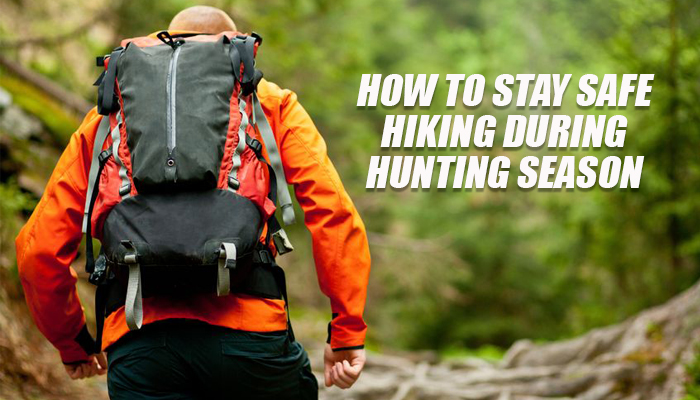
According to the National Safety Council’s most recent statistics, approximately 100 people die nationwide in hunting accidents each year, while, more than 1,500 die in swimming-related incidents each year (Minnesota Department of Natural Resources, 2016). This is just to show you some perspective.
Compare the number of deaths due to hunting accidents to deaths attributed to motor vehicle accidents. The National Safety Council estimates 38,300 people were killed and 4.4 million injured on U.S. roads in 2015 alone, this is an uptick from previous years. That is over 100 deaths per day for that year and if you go back a few years the average is still over 90 people dead each day from automobile related accidents. The year 2015 saw the sharpest increase in deaths in decades (Insurance Institute for Highway Safety, 2016).
Hunting related deaths are tragic and keep in mind there are far fewer hunters roaming afield than there are cars on the road each day. There are approximately 257 million vehicles registered in the United States. Furthermore, hunting season is not year around, so please keep this in perspective as you venture out. It can be dangerous in the woods during hunting season and many if not most hunting accidents can be or could have been prevented.
Stay Safe While Hiking
Before setting out find out when hunting season is by contacting your state agency. Those that do not hunt may not know when hunting season is. Knowing when and where hunting is allowed may influence your decision as to whether to hike a certain trail or area.
Some parks do not allow hunting, but poachers can be found anywhere at any time and some legitimate hunters may stray unwittingly into areas that forbid hunting. Poachers know that areas that do not allow hunting may have the greatest concentration of game. Poachers are criminals and obviously do not follow hunting laws, and thus, can be very dangerous, so do not assume you are completely safe if the park or trail prohibits hunting.
City parks and national parks do not allow hunting typically and many hiking trails forbid it as well. Signs are usually posted, but again, this does not mean that you will not encounter hunters or poachers.
Wear bright clothing. It is recommended you pick up a vest or coat that is specifically designed for hunters and others to be seen in the woods. Typically, orange or red is used. Of course, avoid earth tone colors.
If walking with a dog ensure they also have on a bright sweater or vest, and that they are trained to follow voice commands or are on a leash. Roaming free in the woods during hunting season can be dangerous for pets regardless of their colored clothing.
Make noise that only humans can make like talking, whistling, singing, or humming if you think there may be hunters close by. Rustling the brush is not the kind of noise you should make because unfortunately, inexperienced hunters can and will fire at snapped twigs, leaves rustling or branches slapping back.
Noise will scare the game away, but hunters should never fire at game when people are in the area. Experienced hunters know the area they are hunting in, and typically would not hunt near any walking trail or park where people would be, so if you do spot hunters or suspect they are there noise making is then your best defense in some cases. Use your best judgment however.
Common sense can prevent accidents, so use it when out and about. First, do not wander about at dusk or at night, or in the early morning hours during hunting season. Poachers use the cover of darkness and legal hunters do like the early morning hours and early evening as well.
Insurance Institute for Highway Safety. (2016). Retrieved 2016, from http://www.iihs.org/iihs/topics/t/general-statistics/fatalityfacts/state-by-state-overview
Minnesota Department of Natural Resources. (2016). Retrieved 2016, from http://www.dnr.state.mn.us/hunting/tips/myths.html